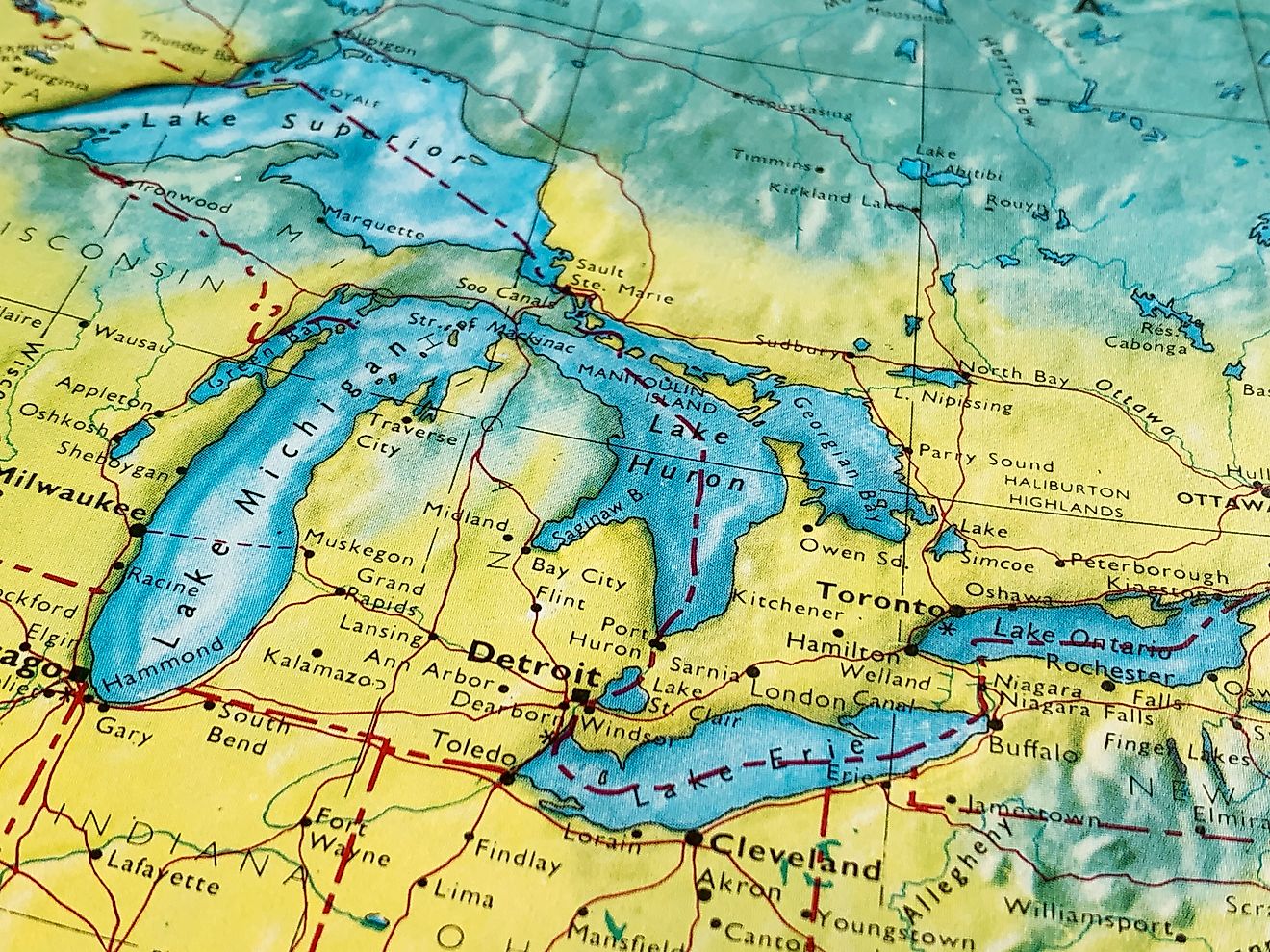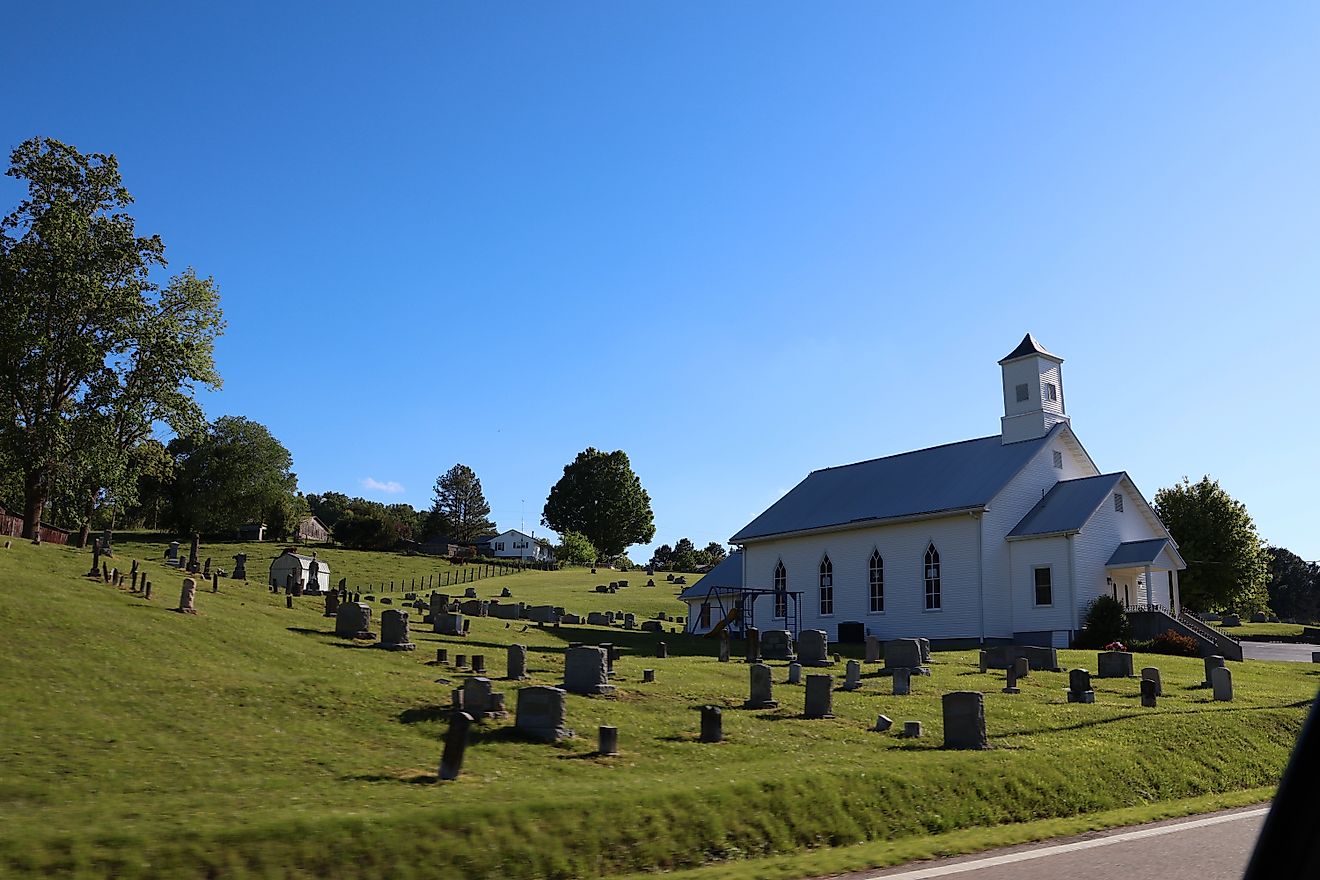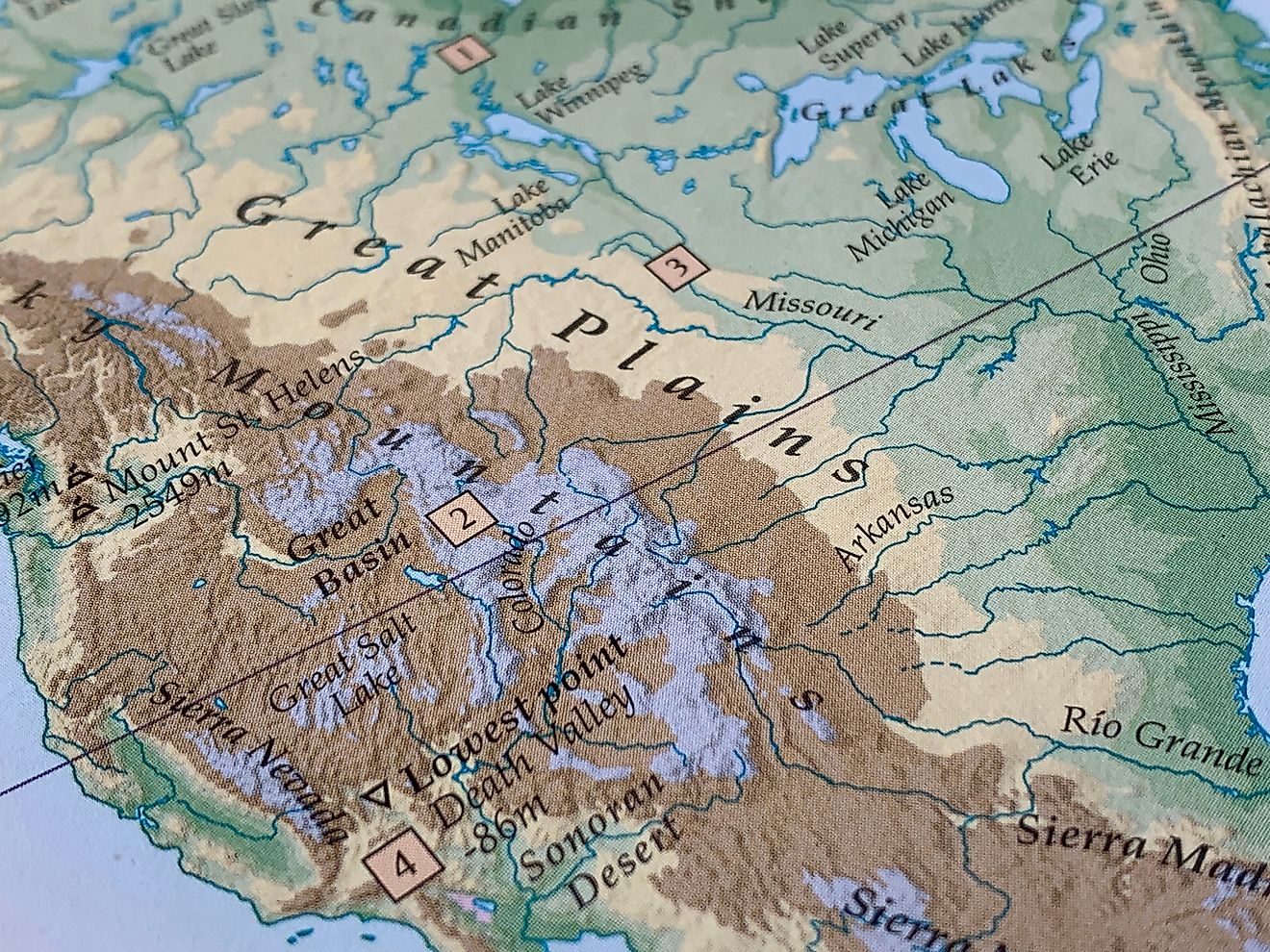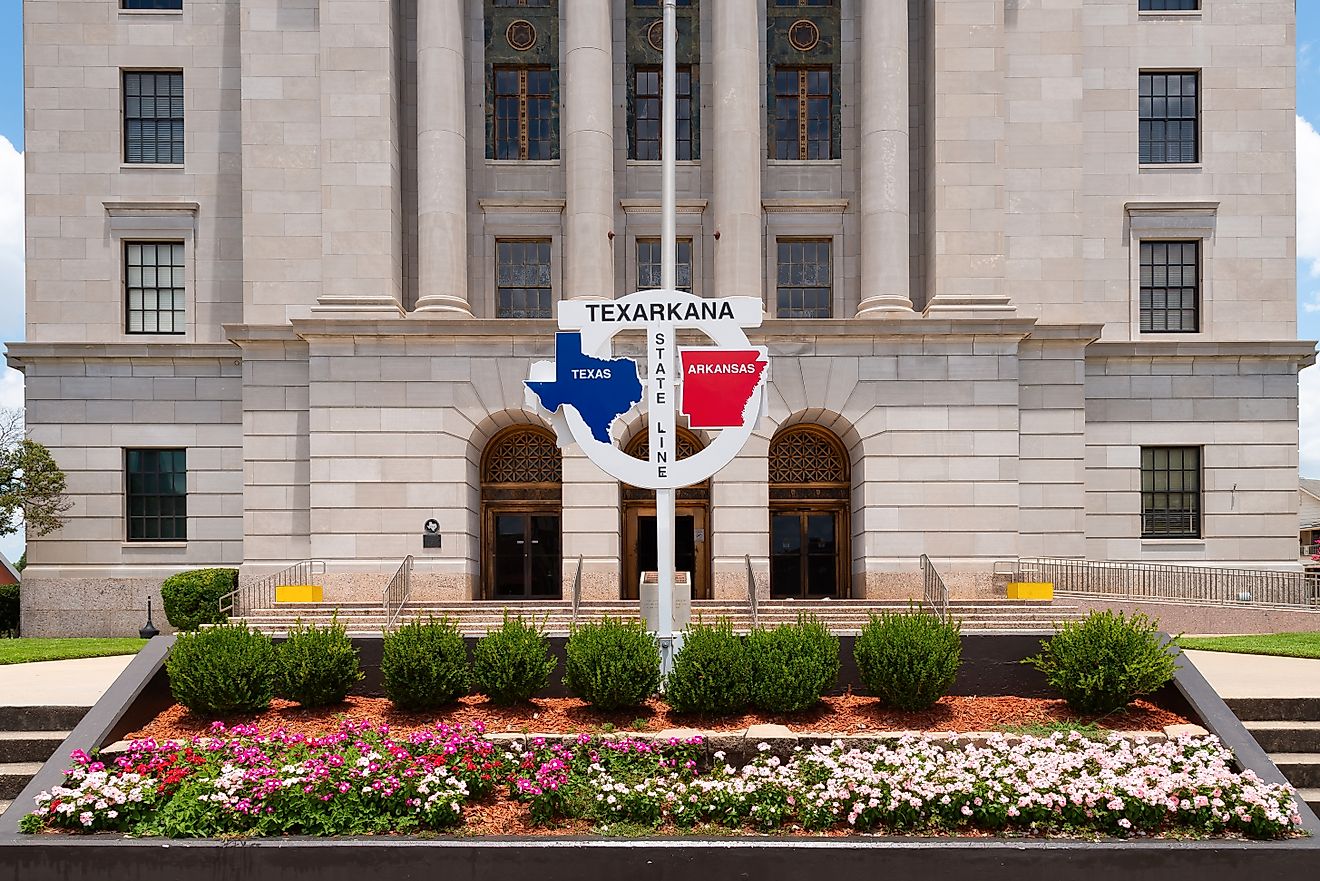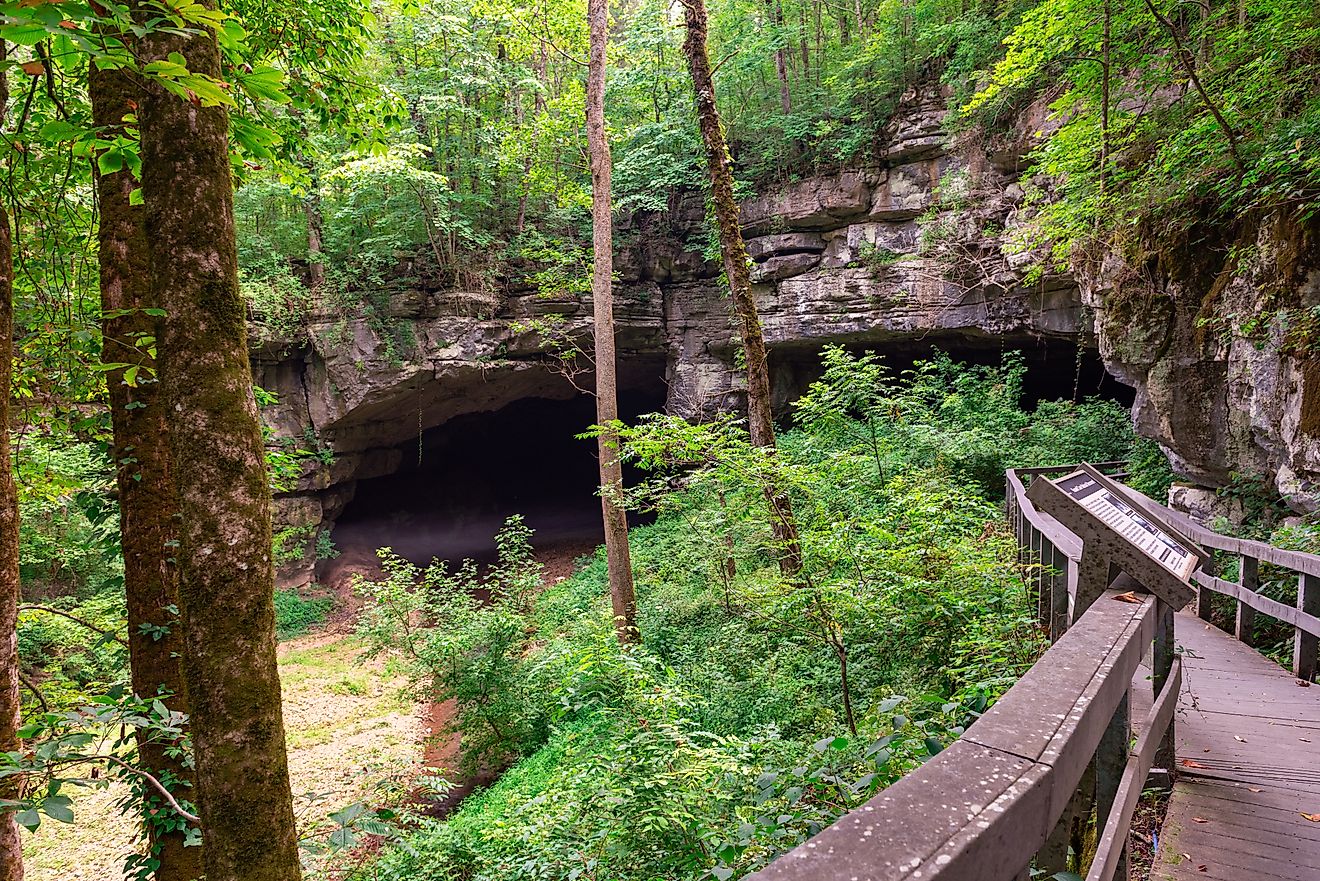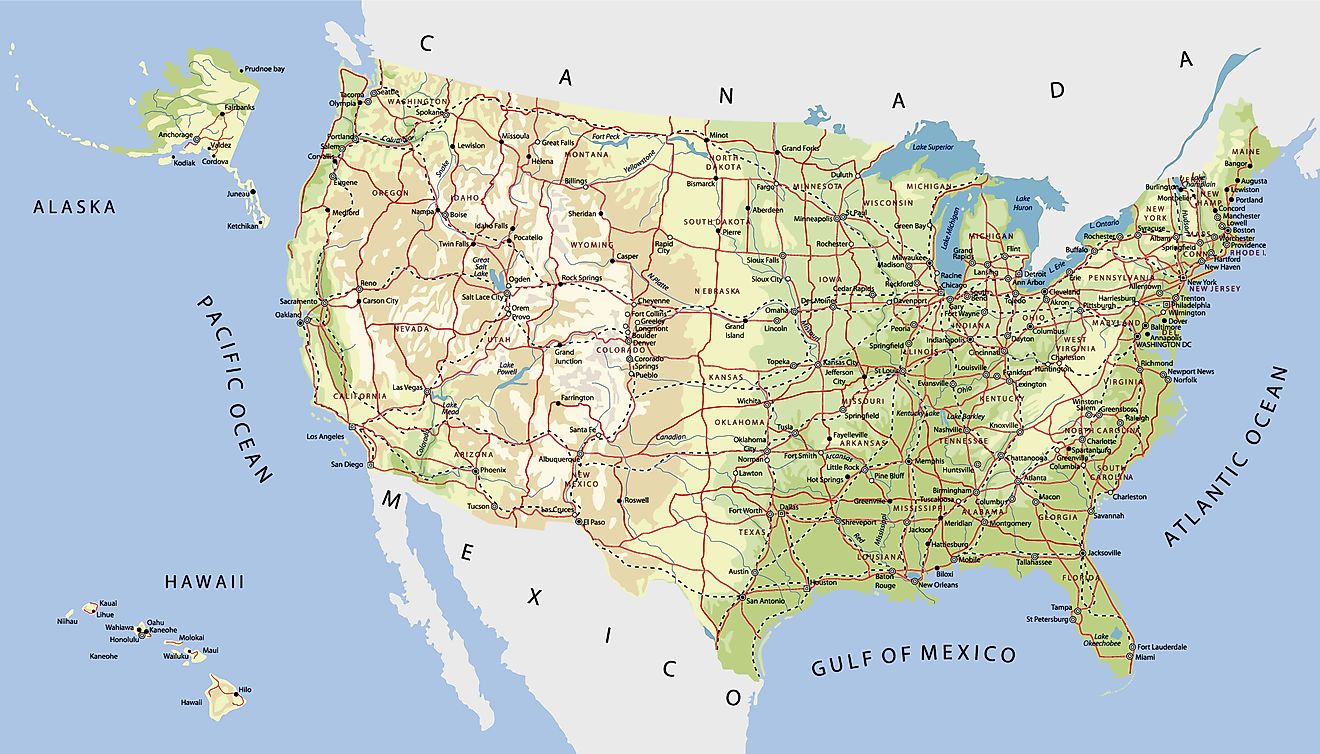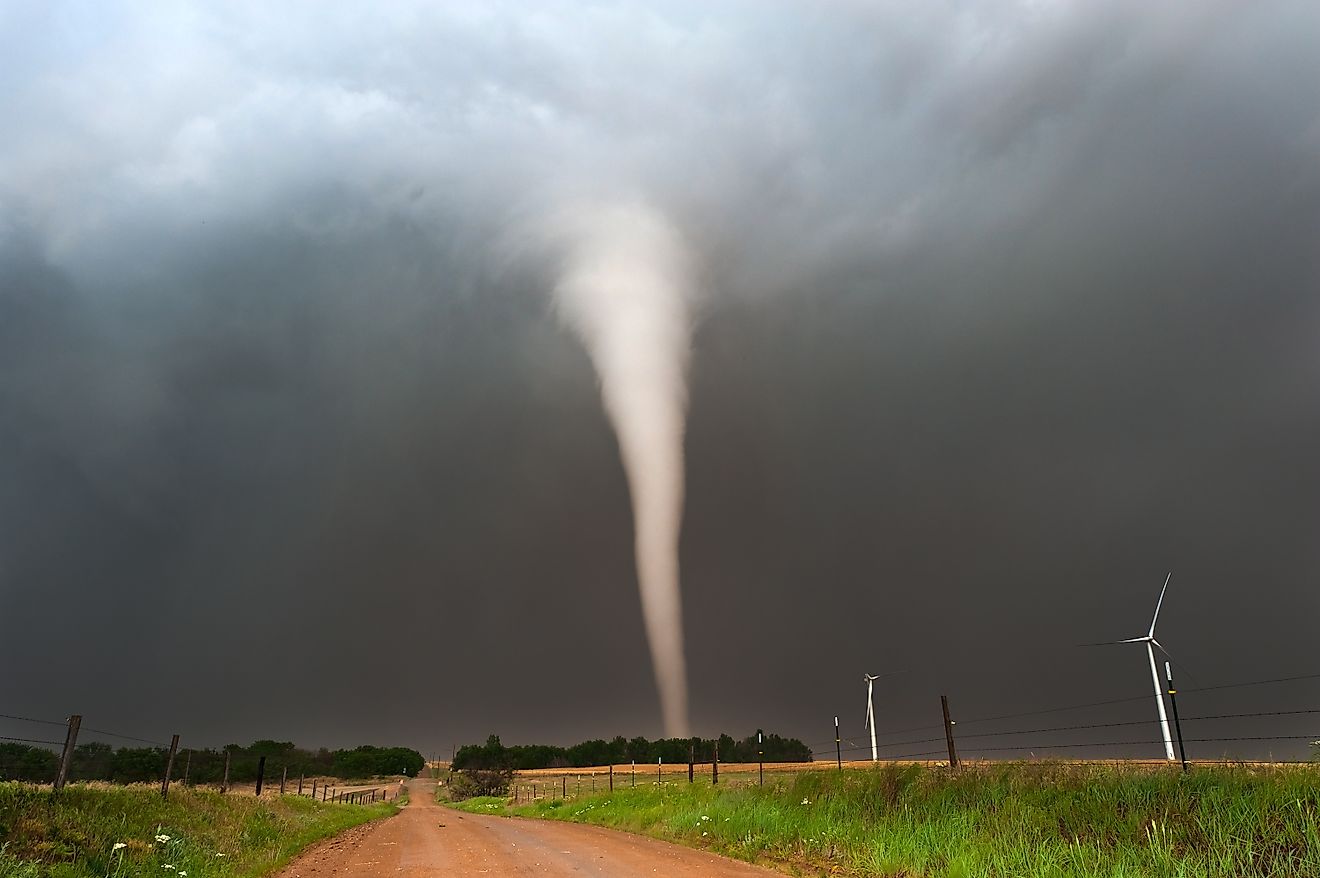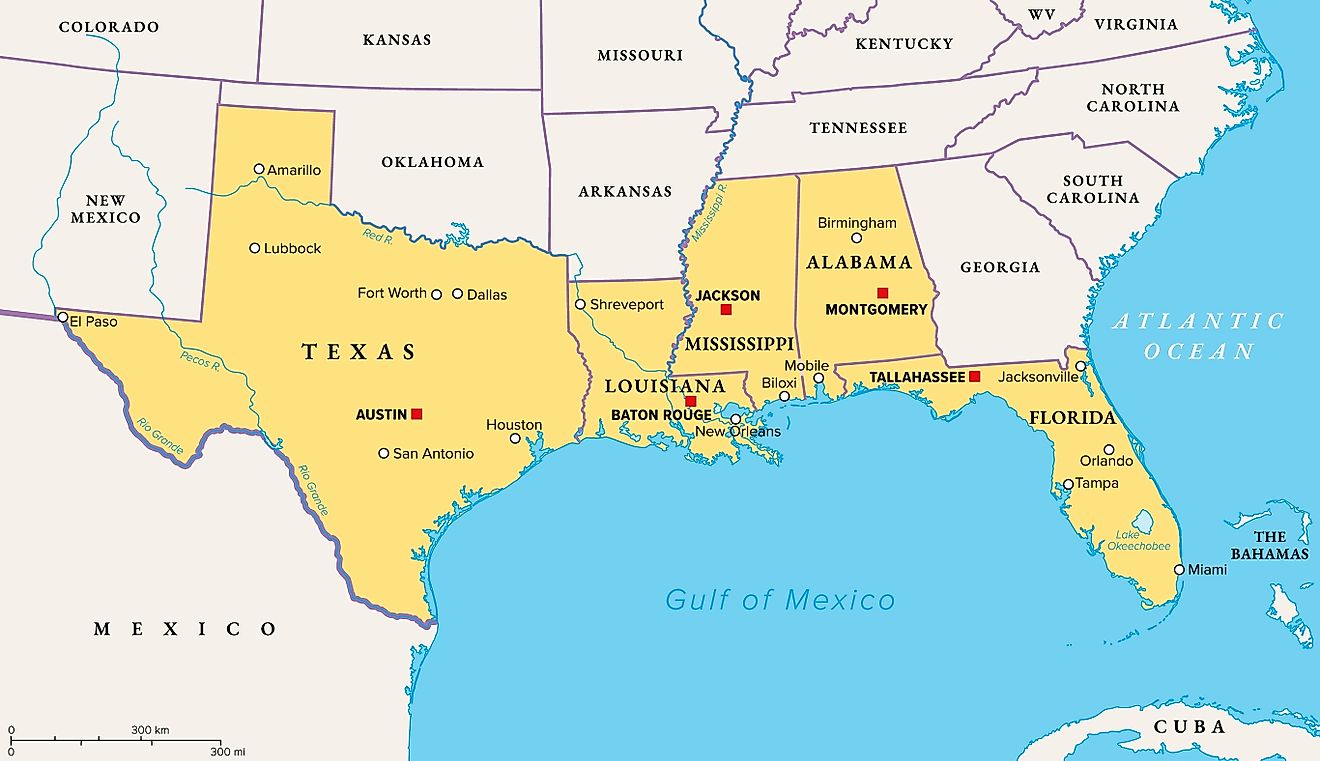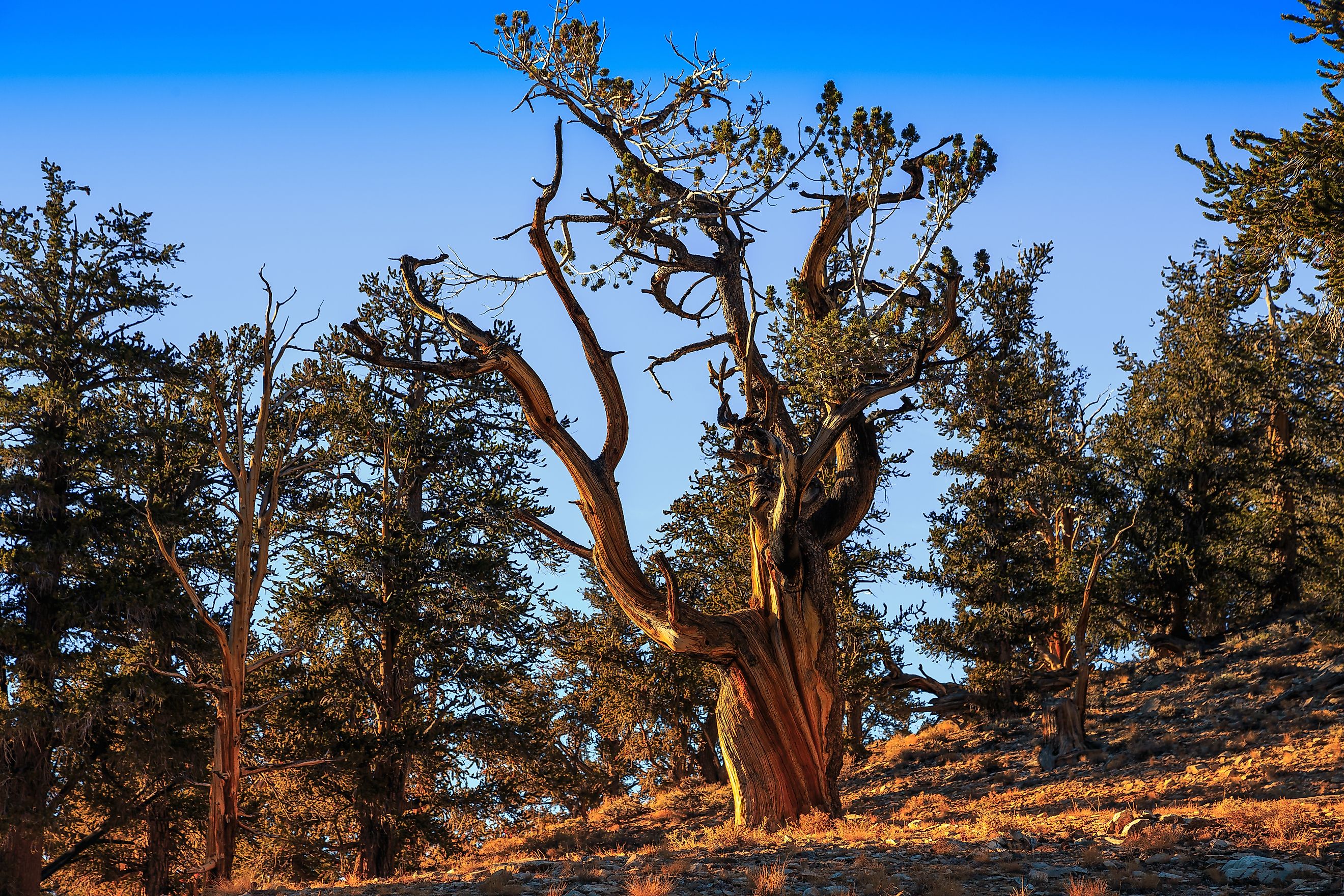
The Oldest Living Trees in the United States
Imagine a living organism that predates the Roman Empire, witnessed the rise and fall of civilizations, and has silently endured everything from wildfires to windstorms. These aren't fossils or myths—they're very real trees growing in remote corners of the United States. The oldest living trees in America are not only awe-inspiring but also vital to understanding the ecological and climatic history of our planet. They are living time capsules.
From windswept mountain ridges in California to swamps in North Carolina, ancient trees are rooted deep into the landscape—and into the story of America itself. Whether you're a traveler, nature lover, or history buff, these trees deserve a spot on your bucket list. Meet the long-lived legends of America’s forests.
Methuselah – The Ancient Bristlecone Pine of California
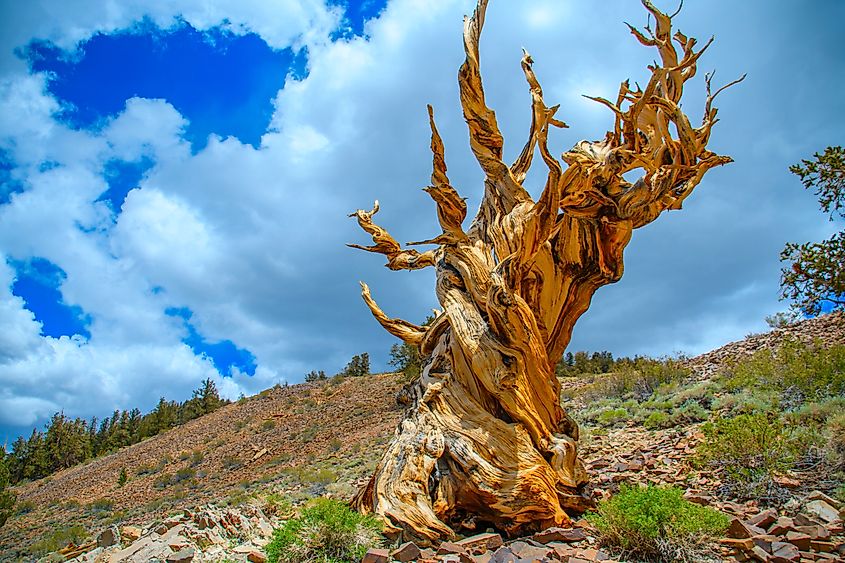
-
Estimated Age: ~4,850 years
-
Location: White Mountains, California
-
Species: Pinus longaeva (Great Basin Bristlecone Pine)
Hidden high in the arid White Mountains of eastern California, the Methuselah tree has held the title of the world’s oldest non-clonal tree for decades. Clocking in at nearly 5,000 years old, this gnarled bristlecone pine has survived millennia of harsh weather and minimal rainfall.
The exact location of Methuselah is kept secret by the U.S. Forest Service to protect it from vandalism, but you can visit the Methuselah Trail in the Ancient Bristlecone Pine Forest near Bishop, CA. Even if you don’t know which tree is Methuselah, the eerie, wind-twisted landscape offers an unforgettable glimpse into deep time.
Prometheus – A Fallen Titan
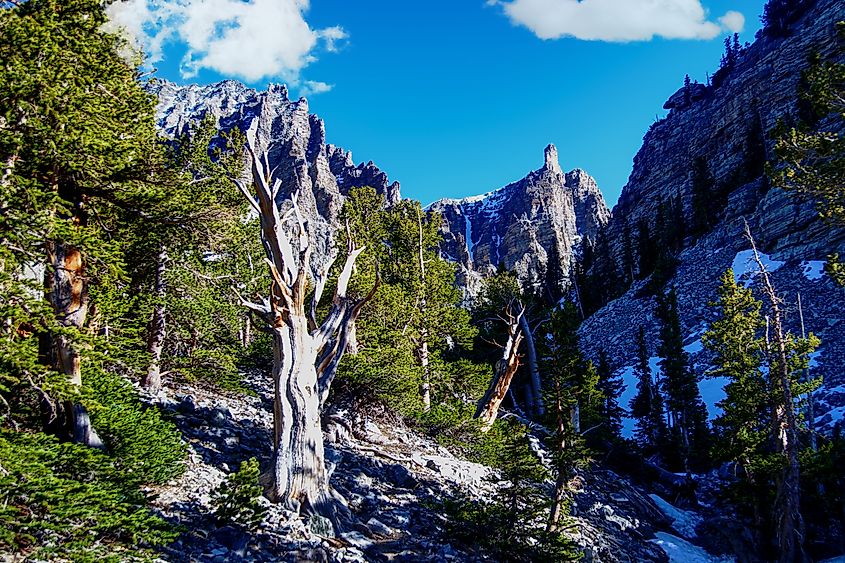
-
Estimated Age: 4,900+ years (at the time it was cut)
-
Location: Wheeler Peak, Nevada
-
Species: Great Basin Bristlecone Pine
Prometheus once rivaled, and may have even surpassed, Methuselah in age. Tragically, it was cut down in 1964 by a graduate student with permission from the U.S. Forest Service for scientific study. Only afterward was its age revealed through ring-counting.
Though the tree no longer stands, its story sparked a broader movement to protect ancient trees. Today, nearby Wheeler Peak in Great Basin National Park is home to many other old bristlecones, some over 3,000 years old. It’s one of the most overlooked yet breathtaking spots in Nevada.
Pando – The Trembling Giant
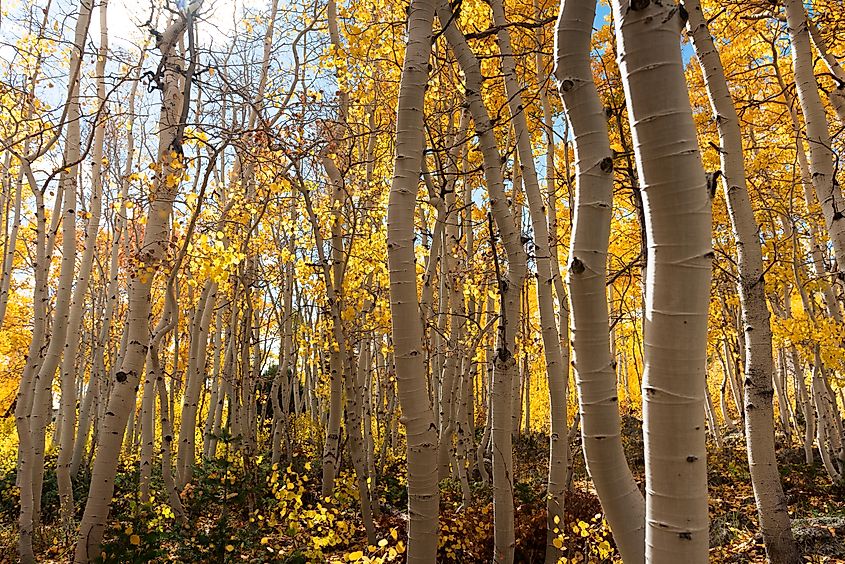
-
Estimated Age: ~14,000 to 80,000 years (clonal colony)
-
Location: Fishlake National Forest, Utah
-
Species: Populus tremuloides (Quaking Aspen)
While Methuselah may be the oldest individual tree, Pando is arguably the oldest living organism by age and mass. Pando isn't a single tree but a clonal colony of quaking aspens—all genetically identical and connected by a massive underground root system that continually regenerates new trunks.
Spanning over 106 acres, Pando is both the heaviest and possibly the oldest known organism on Earth. You can walk through this living fossil in Fishlake National Forest, where golden leaves shimmer in the fall and the air feels electric with age-old life.
The Senator – A Cautionary Tale
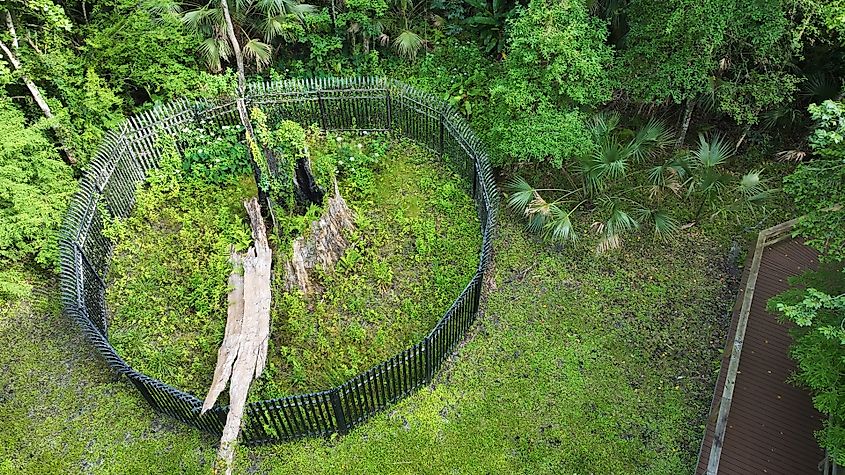
-
Estimated Age: ~3,500 years (before destruction)
-
Location: Big Tree Park, Longwood, Florida
-
Species: Taxodium distichum (Bald Cypress)
Once the largest and oldest bald cypress in the world, The Senator towered over Central Florida at 125 feet tall. Revered by Native American tribes and used as a landmark by early settlers, The Senator was a beloved fixture of Big Tree Park for centuries.
Tragically, in 2012, a fire started by a visitor destroyed the iconic tree. Though the original trunk is gone, the park has since planted a clone grown from The Senator's tissue. It’s a powerful place to reflect on the fragility of even the mightiest of trees.
General Sherman – The Largest Tree by Volume
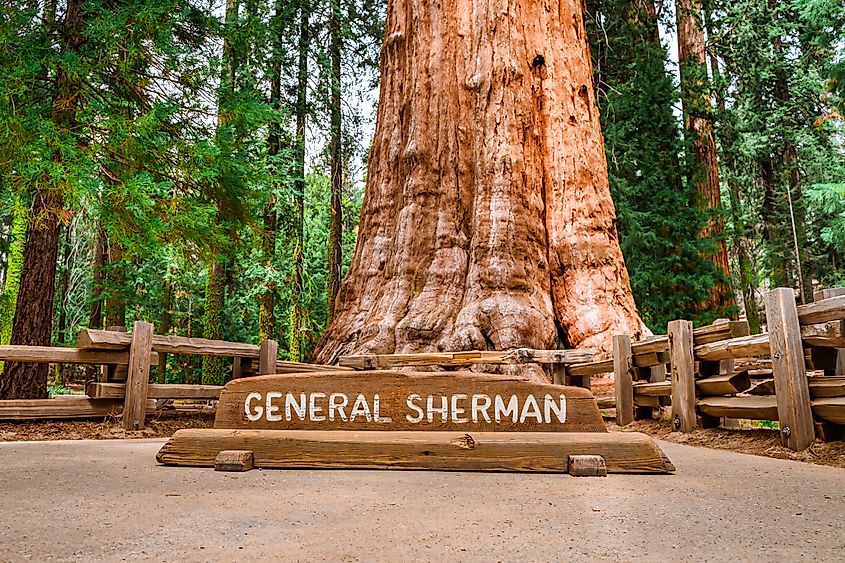
-
Estimated Age: ~2,200 years
-
Location: Sequoia National Park, California
-
Species: Sequoiadendron giganteum (Giant Sequoia)
While not the oldest, General Sherman is the largest tree by volume in the world. This colossal sequoia stands 275 feet tall and has an estimated trunk volume of over 52,500 cubic feet. Located in California’s Sequoia National Park, it's easily accessible and draws millions of visitors annually.
The sequoias may not match the bristlecones in age, but they’re still ancient—many are over 2,000 years old. Walking among these giants is a humbling, almost spiritual experience, especially when you realize that they were already growing during the rise of ancient Rome.
The Seven Sisters Oak – Louisiana’s Oldest Oak Tree
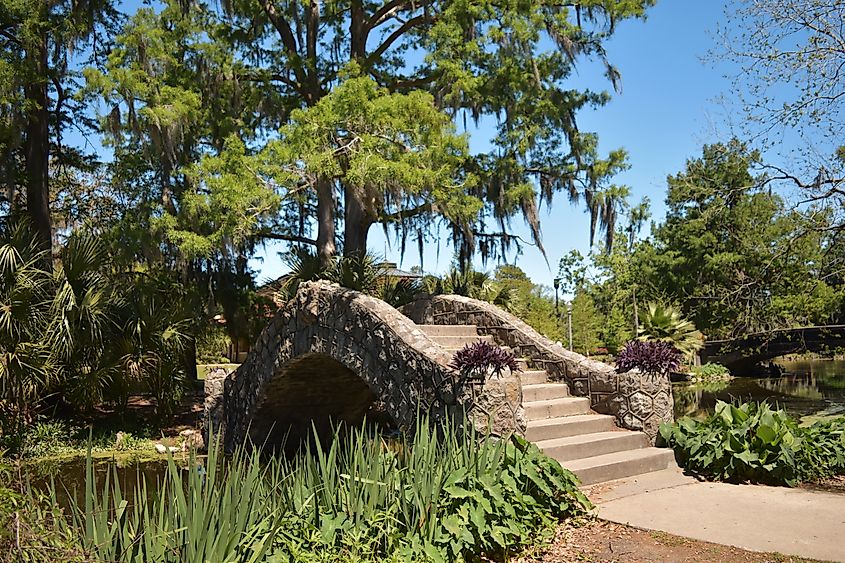
-
Estimated Age: 1,200+ years
-
Location: Mandeville, Louisiana
-
Species: Quercus virginiana (Southern Live Oak)
This sprawling, moss-draped oak in southeastern Louisiana is a living testament to the passage of time in the Deep South. The Seven Sisters Oak, named for the original owner and her six sisters, has a circumference of over 38 feet and limbs that stretch wide enough to feel like an open-air cathedral.
It’s located in a residential neighborhood, but as a certified member of the Live Oak Society, the tree is protected and recognized as one of the oldest and grandest live oaks in the country.
Angel Oak – A Charleston Treasure
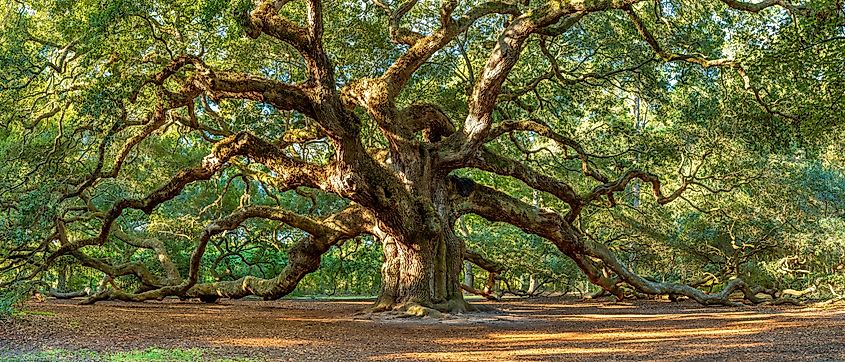
-
Estimated Age: 400–500 years
-
Location: Johns Island, South Carolina
-
Species: Southern Live Oak
The Angel Oak may be younger than some of the others on this list, but what it lacks in age, it makes up for in sheer elegance. With its sprawling limbs and mythical appearance, this tree draws tourists from all over the world.
Its limbs reach out like arms, some extending more than 180 feet from trunk to tip. Protected by the city of Charleston, the Angel Oak is a cultural icon and a favorite backdrop for weddings, photoshoots, and quiet reflection.
Why These Trees Matter
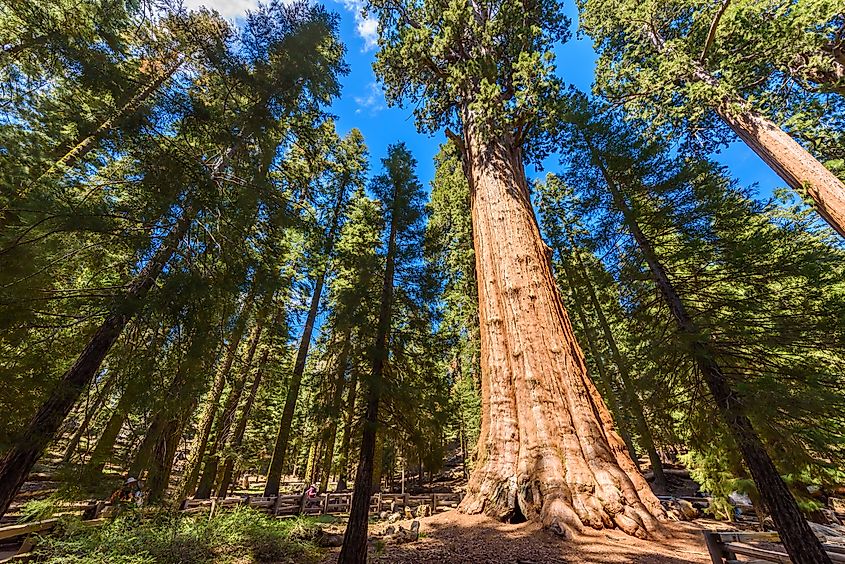
Old trees aren’t just biological curiosities. They play crucial roles in:
-
Carbon Sequestration: Ancient trees absorb and store vast amounts of carbon dioxide.
-
Climate Research: Their rings provide clues about past weather patterns and climate shifts.
-
Biodiversity: Older trees often host unique ecosystems in their bark, branches, and roots.
-
Cultural Identity: Many are sacred to Indigenous communities and revered as natural landmarks.
Their long lives make them incredibly vulnerable. From development to climate change and fire, these natural wonders face mounting threats.
Conclusion: A Living Legacy
The oldest living trees in the United States are more than just record-breakers—they are guardians of history, witnesses to climate evolution, and spiritual beacons rooted in Earth’s memory. Each one has a story to tell if we take the time to listen.
Whether you hike into the thin air of the White Mountains, stroll under the mossy boughs of a Southern live oak, or walk through the shimmering leaves of Pando, these ancient trees will leave you breathless—not just for their age, but for what they represent: resilience, longevity, and the timeless beauty of the natural world.
So next time you stand beneath a towering trunk, remember—you’re looking at a being that has lived through centuries. And it’s still growing.
FAQs: The Oldest Trees in America
What is the oldest tree in the US?
The Methuselah bristlecone pine in California, nearly 5,000 years old, holds the title for oldest individual tree.
Can I visit Methuselah?
Yes, via the Methuselah Trail, but the specific tree is unmarked to prevent damage.
What's the difference between a clonal colony and an individual tree?
A clonal colony like Pando is made of genetically identical trees connected underground, while an individual tree like Methuselah is a single, continuous organism.
Are bristlecone pines protected?
Yes, most are in protected forests and monitored by the U.S. Forest Service.
